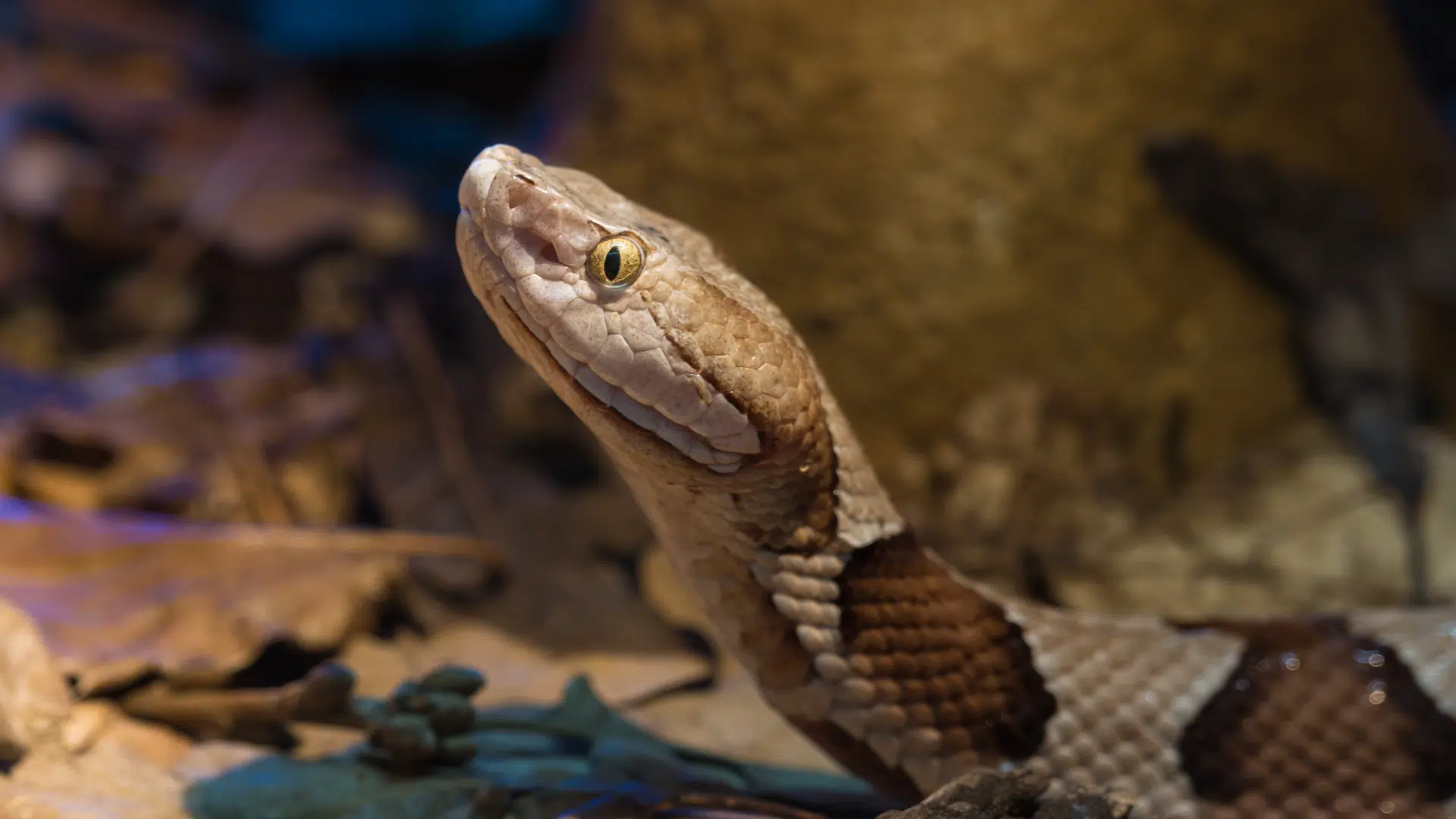As the weather begins to warm up and people begin to spend more time outside, St. David’s Georgetown Hospital is offering tips to the community on avoiding injury from another sun loving population: snakes.
“Snakes can often be found sunning on paths, sidewalks and driveways, especially in the cooler spring weather,” Johnathan Conner, M.D., Director of Emergency Physician at St. David’s Georgetown Hospital, told Hello Georgetown. “As the weather gets warmer, they also hide in tall grass, brush, wood piles, tool sheds and under rocks.”
Not all snakes are poisonous, and Conner said most of the bites the hospital sees are from non-venomous snakes. But, it’s still important to become educated about common snake species in the area and how to deal with a snake bite should one occur.
“Of the venomous bites we do see, most are from rattlesnakes,” Conner said. “I encourage everyone engaging in outdoor activities to have some knowledge of snakes in our area. In the event you are bitten by a snake, knowing the type of snake that bit you will be helpful to your medical team in determining a course of treatment.”
According to an article on Texas Highways, the Lone Star State is home to four kinds of venomous snakes including:
- Rattlesnakes
- Copperheads
- Water Moccasins (also known as Cottonmouths)
- Coral Snakes
The same article also states the common non-venomous snakes in Texas include milk snakes (often mistaken for coral snakes) and rat snakes.
“Familiarize yourself with the types of snakes that are commonly found in your area,” Conner said. “There are many resources available online for identifying the types of snakes we have in Texas. For example, the Texas Parks and Wildlife department has information on its website for identifying venomous and non-venomous snakes.”
Thankfully, he added, most of the snake bites the Georgetown hospital sees are from non-venomous snakes. But still, the best way to avoid snake bites is to avoid snakes both living and dead.
“Never approach or interact with snakes,” Conner said. “If you see a snake, move away from the area until it is no longer around. Snakes, especially venomous snakes, have extremely quick reflexes and can retain those reflexes even hours after they are dead, which means they can still bite. If you see a snake that appears to be dead, do not touch it or try to move it.”
If the day comes that you are bit by a snake, Conner said, it’s best to do the following:
- DO Get away from the snake as quickly as possible, and do not try to kill or capture the snake
- If you are able to safely do so, DO take a photo of the snake on your phone, as this can help your medical team identify the snake
- DO try to keep the affected extremity neutral and level with your heart if possible. DO NOT wrap the bite or apply a tourniquet, and DO NOT try to self-treat a snake bite by applying ice or heat or by cutting the affected area, or trying to suck venom out
- DO monitor the site of the bite for symptoms such as redness or swelling, and DO try to get to the hospital as quickly as possible
- DO remain calm, keep your heart rate down and stay hydrated. Try to calmly, but quickly, get to a vehicle – ideally with someone else driving– and get to the hospital, especially if the bite is suspected to have come from a venomous snake
“About 25% of venomous snake bites are “dry bites,” meaning that no venom was deposited into the victim through the bite,” Conner said. “For this reason, we often monitor snake bite victims and run tests to determine if antivenin is necessary before administering, as it could cause negative reactions if given when not needed. Symptoms can sometimes take about 12 hours after a bite occurs to appear. Again, I encourage you to seek medical evaluation and treatment any time a snake bite occurs. We are able to conduct lab tests to determine if the bite was from a venomous snake even before significant symptoms appear.”
The most common snake bite symptoms include local swelling, pain and occasionally bruising, Conner said. Severe signs include nausea and vomiting, rapid heart rate, weak pulse, numbness or tingling around limbs, or labored breathing. In all snake bite cases, it’s best to seek medical attention right away, especially if you’re worried the bite came from a poisonous snake.
Learn more about snakes in Texas at https://tpwd.texas.gov/education/resources/texas-junior-naturalists/snakes-alive/snakes-alive.




 Business Directory
Business Directory Add Your Business
Add Your Business Job Board
Job Board Guides and Features
Guides and Features Tech Tip Tuesday with Computek
Tech Tip Tuesday with Computek Education Spotlight with Huntington Learning Center
Education Spotlight with Huntington Learning Center A+ Roofing Tips from APEX Roofing
A+ Roofing Tips from APEX Roofing Restaurants in Georgetown, TX
Restaurants in Georgetown, TX Dog Friendly Establishments in Georgetown, TX
Dog Friendly Establishments in Georgetown, TX Adopt a Pet in Georgetown, Texas
Adopt a Pet in Georgetown, Texas Holiday Guides
Holiday Guides Festival and Events in Georgetown, TX
Festival and Events in Georgetown, TX Downtown Georgetown Guide
Downtown Georgetown Guide Local Assistance
Local Assistance Churches in Georgetown, TX
Churches in Georgetown, TX Summer Camps in Georgetown, TX
Summer Camps in Georgetown, TX Swimming in Georgetown, TX
Swimming in Georgetown, TX Coming Soon
Coming Soon Events
Events Add Your Event
Add Your Event Live Music in Georgetown
Live Music in Georgetown Southwestern University Athletics
Southwestern University Athletics Newsletter
Newsletter Newsletter Archive
Newsletter Archive Subscribe
Subscribe Submit Your Photo
Submit Your Photo 2024 Georgetown's Best Awards
2024 Georgetown's Best Awards









Comments